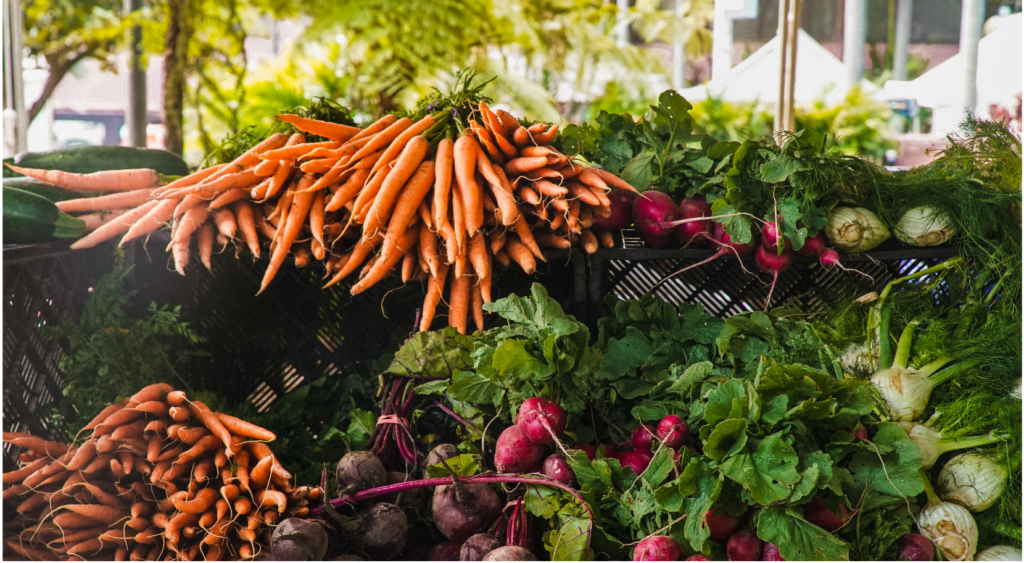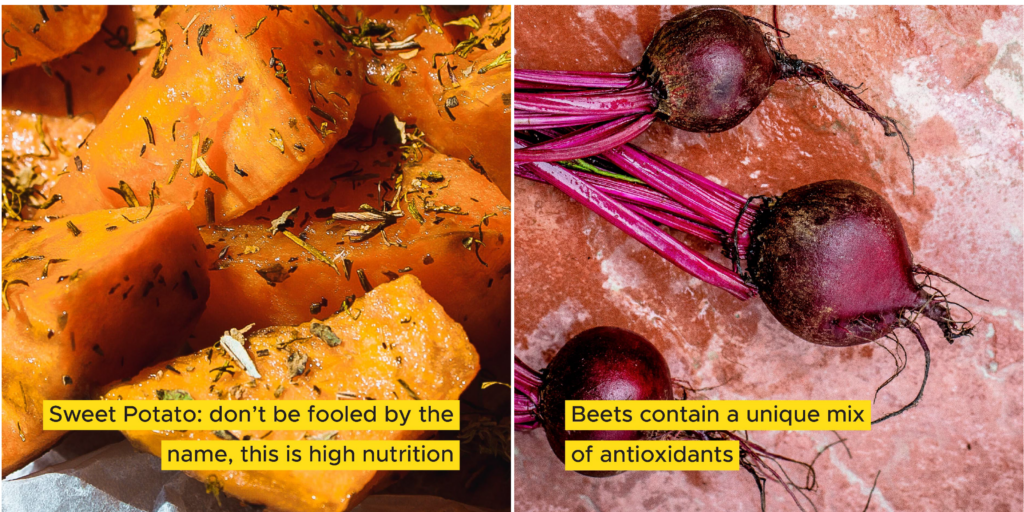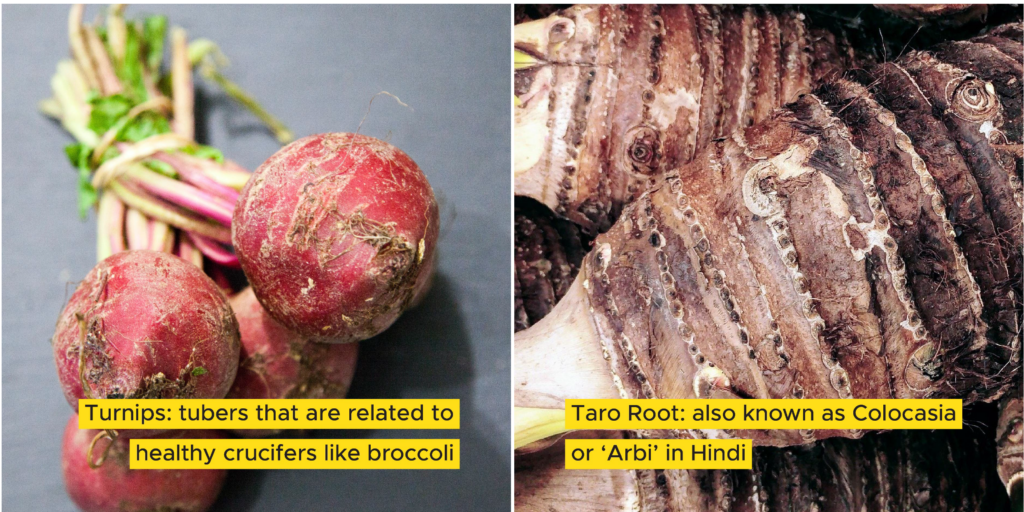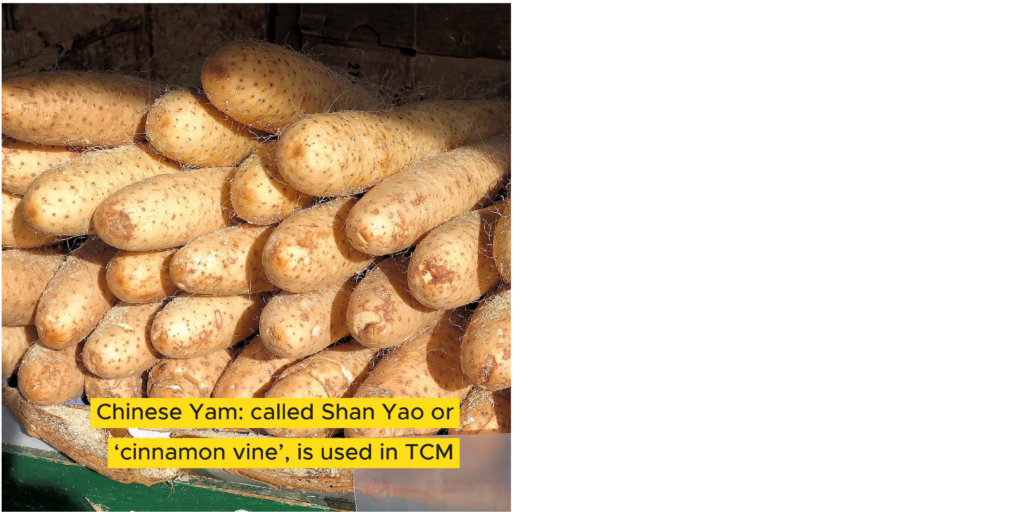TUBERS: NATURE’S ANSWER TO AFFORDABLE ENERGY
Tubers: Nature’s answer to affordable energy
- Published October 11, 2023
- Category Blog, Food Bulletin Newsletter
- Tag Calcium, Fiber, Food IQ, Iron, Traditional Wisdom, vitamin A, vitamin E

When we think of tubers like potatoes, sweet potatoes, yam, cassava, Taro etc. their similarity to grains hardly strikes us, yet tubers and grains are the main source of inexpensive energy in the plant kingdom.
Some brown tubers contain decent amounts of Vitamin C and the white & yellow varieties have beta carotene. Sweet Potatoes are nutritionally dense – rich in Vitamin A, (100% DV) Vit C and B6, but in calories and carbs they are similar to potatoes. But they are all good sources of dietary fiber. The wisdom lies in not combining tubers with starch-heavy foods like cereals (rice, wheat, corn etc.), but to enjoy them separately. While corn and potatoes, potato burgers and even aloo parathas are delicious, those double carbs and calories will add up quickly. Moderation may be the key word.
Not surprisingly, steaming has proven to release significantly better nutrients than frying.

|

Turnips: tubers that are related to healthy crucifers like broccoli
Turnips are packed with all the goodness of crucifers like broccoli or cabbage. 1 cup cooked turnip provides 12% daily value fiber, 30% Vit C, 7% potassium. That one cup helps keep the gut healthy and regular, helps lower pressure by releasing sodium from the body, has anti-inflammatory and anti-cancer properties. Best part is, turnips are versatile, and can be cooked in so many ways – boiled, sauteed, roasted, baked.
Taro Root: also known as Colocasia or ‘Arbi’ in Hindi
Under a tough brown outer skin is the creamy, starchy taro root with a delicate flavor. Popular in South Asia and Africa, it’s traditionally pounded into ‘meal’ or roasted or sauteed with spices. It’s a good source of fiber and complex carbs like amylose and amylopectin. Taro is also rich in potassium, iron, Vit E and antioxidants & made up of healthy resistant starch, so good for gut health.

Chinese Yam: called Shan Yao or ‘cinnamon vine’, is used in TCM
The Chinese Yam, despite it’s name, is not really a yam. Traditional Chinese Medicine (TCM) prescribes it’s consumption for it’s amazing nutrients. It contains the compound, allantoin, that is believed to reduce the healing time of damaged tissue, by accelerating the growth of healthy tissue. Chinese Yam is also known to have anti-oxidative properties that improve kidney & liver functions, and prevent plaque build-up in arteries.






